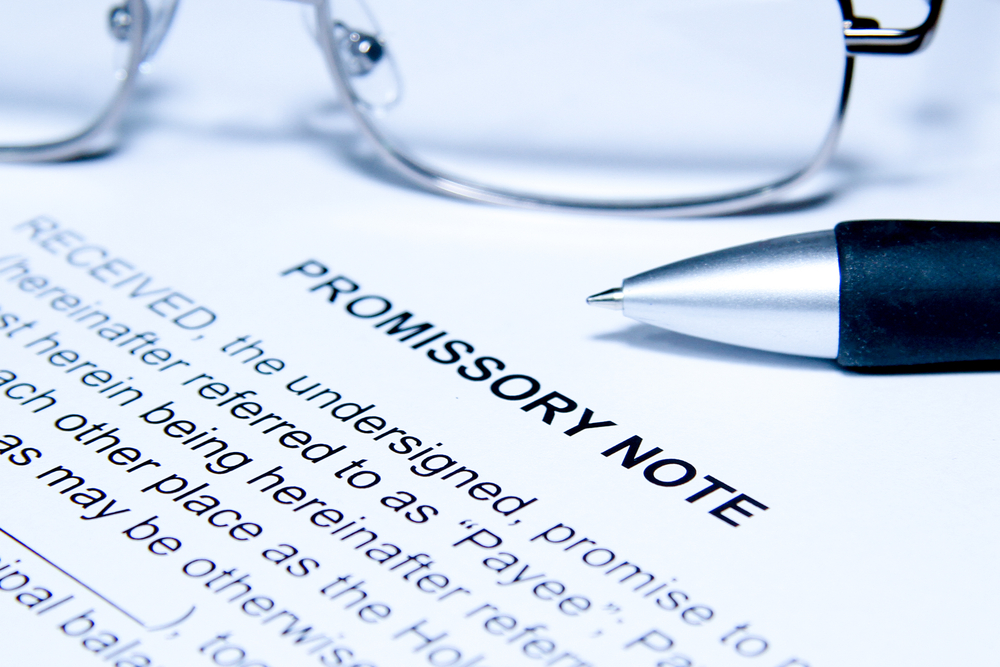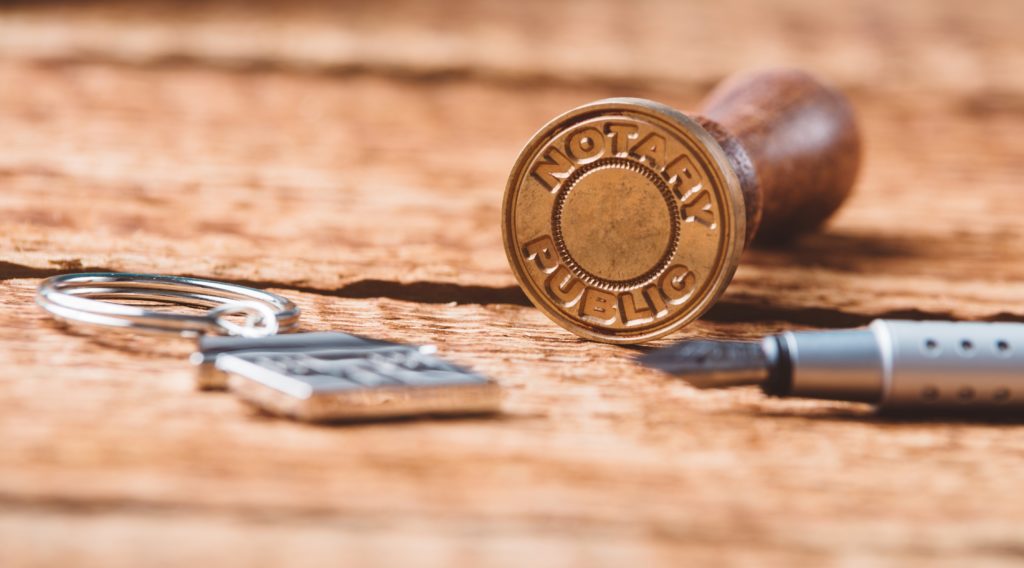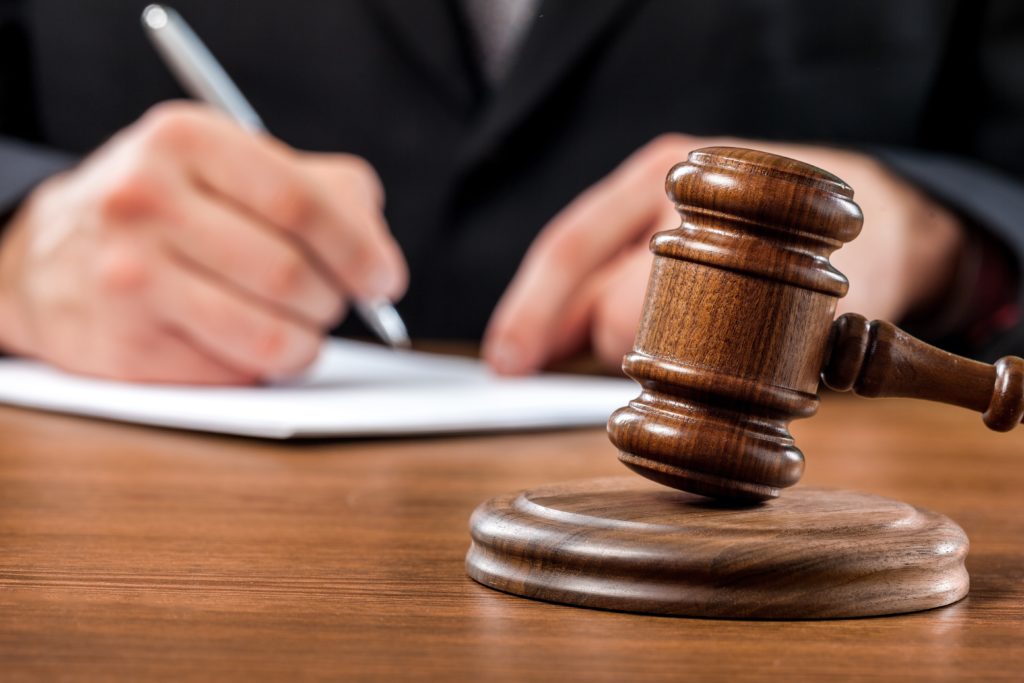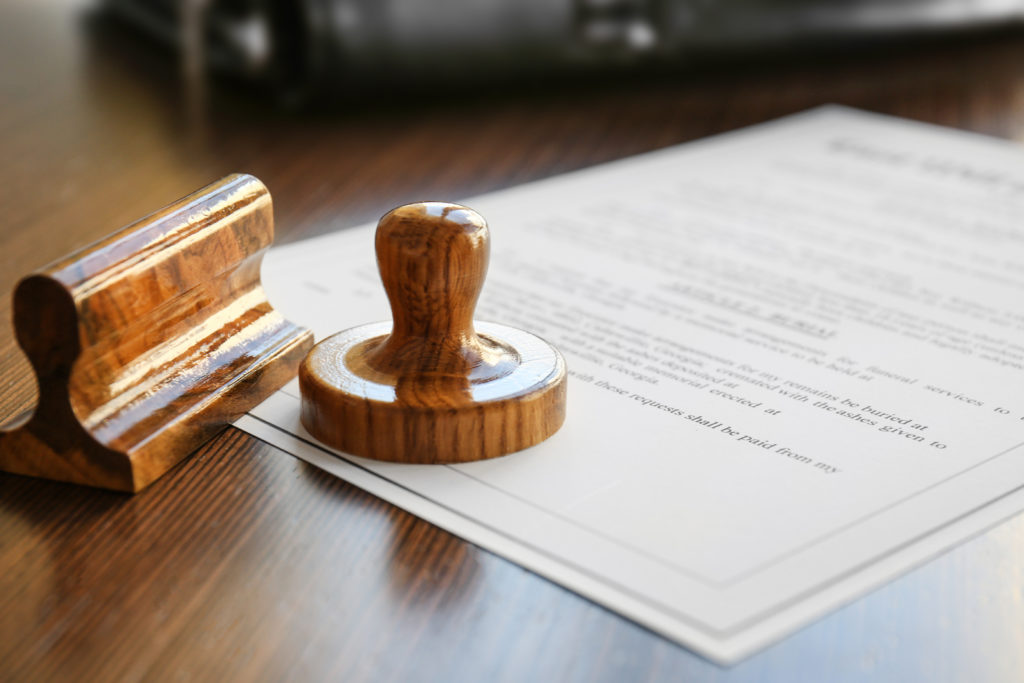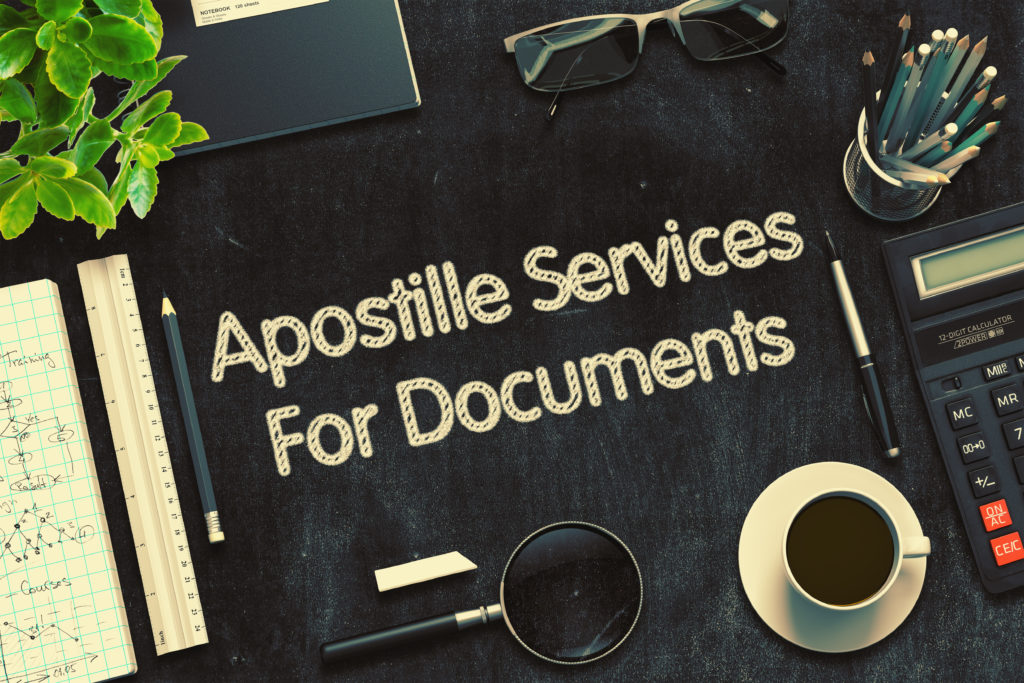Life is full of big moments. Buying your first car, getting married, moving to a new city for a job, having children, and buying a house to name a few. Some of these moments require a large financial contribution. Fortunately, with the help of loans, people are able to invest in bigger expenses easier. For example buying a house, without having to pay for it outright with the help of a mortgage. Often times, loans are tied to a document called a promissory note. This simple piece of paper bears immense legal weight. Whether you are the loaner or the loanee, it is important to understand promissory notes. Fortunately, we are going to tell you everything you need to know about the mysterious and important promissory note right here in this article.
What is a Promissory Note?
A promissory note is a written promise to pay a person or institution money owed. A promissory note is also referred to as a loan agreement, an IOU, or simply just a “note”. These documents are legally binding and ensure that the recipient of the loan will repay the money owed within a certain agreed upon time frame.
Promissory notes are used for student loans, car loans, mortgages, and business loans. Furthermore, “notes” are used for personal loans between family and friends (a notoriously tricky tango). It is primarily the responsibility of the loan provider to draft the promissory note.
Furthermore, promissory notes are an easy way to establish the repayment terms of the loan. This simple act of composing a written record of the money lent and payment schedule can help avoid litigation or other financial drama.
Secured Promissory Note
There are two main types of promissory notes: secured and unsecured. A secured promissory note gives the lender a more grounded piece of mind that they will recoup their investment. Specifically, with a secured note, the borrower will pledge collateral in the event they cannot repay the loan. Collateral is an asset that the borrower forgoes in the event of defaulted loan payments. For example, someone can pledge their car (if paid off) as collateral for a business loan. In the event the borrower defaults, the lender will seize the car and sell it to recoup the money borrowed.
Some loans automatically dictate collateral. For example, in a mortgage, the house purchased is automatically considered collateral. If you, the borrower, default on mortgage payments, the lending institution has the right (within reason) to seize your house.
Loans with secured promissory notes namely benefit the lender. However, loans involving collateral tend to have lower interest rates, which benefits the borrower.
Unsecured Promissory Note
As you may suspect, an unsecured promissory note does not involve collateral. This type of note is a riskier move for the lender because they stand to get nothing in return should the borrower default. However, as the saying goes, the greater the risk, the greater the reward. In this case, unsecured promissory notes typically charge a higher interest rate. Therefore, the lender stands to make more money back on their investment.
Master Promissory Note
As previously mentioned, promissory notes can be drafted to cover a student loan. A Master Promissory Note (MPN) is a tool used specifically in federal student loan transactions. An MPN is unique in that it can cover multiple loans of the course of several years. This is useful when it comes to student loans, as most students attend college for a minimum of four years and require financial aid. Interestingly enough, an MPN can cover lending for up to ten consecutive years of enrollment. This is especially beneficial for students hoping to pursue higher education such as a masters degree, doctorate, law school, or medical school.
Using a properly drafted MPN helps students avoiding drafting multiple promissory notes throughout their education. Www.savingforcollege.com has a helpful breakdown on everything you need to know about a master promissory note.
Promissory Note Template
For smaller amounts of money, you can easily use a DIY (do-it-yourself) approach to promissory note writing. You can even find a promissory note template you can easily fill in available online. However, if the amount you are lending is quite high, it may be in your best interest to consult an attorney. That way, you can be legally confident that the appropriate legal jargon is utilized to best protect your assets in the transaction.
In order to have the best, legally binding promissory note possible, it is important to include all the necessary details. So, what information do you need to include in a valid promissory note? The basic information necessary for a promissory note is as follows:
- Loaner (lender) and Loanee (borrower) information
- The amount loaned (lump sum) and payment plan
- Security agreement
- Additional terms
- Signatures of all involved parties
Naturally, this is just a spark notes approach to promissory notes. Read on to dive into the nitty-gritty involved in each of the above steps.
1. Loaner and Lender Information
First and foremost, a promissory note needs to distinctly define the lender and the borrower. The bare minimum information required is the full legal names and addresses of both parties. Sometimes, promissory notes will include the involved parties social security numbers and/or employer identification numbers.
2. Loan Amount and Terms
Loans are made under a specific set of pre-determined terms. A promissory note must declare the amount that was loaned. Furthermore, a note will declare the date the agreement was made and when the loan is set to mature (i.e. when it is due in full). Sometimes, specifics of a repayment period and due dates will be laid out in the note. For example, a monthly payment of $200 on the 15th of each month until the loan is paid in full.
Finally, in regards to standard loan terms, a note will ideally detail the interest rate of the loan. Interest rate is the percentage charged per month on top of the money owed. This is how lenders make money off of the loans they provide. Let’s say you have borrowed $1,000 with an interest rate of 5%. If you are paying the loan, or the principal, with a monthly payment of $100, you will actually pay $105 monthly. The added $5 covers your monthly interest rate.
3. Security Agreement
Sometimes, a promissory note may include a security agreement. Recall earlier in this article when we discussed secure promissory notes. A security agreement achieves the same goal as a secured note. For example, if you have a note on a mortgage for a house, the lender may legally foreclose your home in the event of payment default on the mortgage. Take, for example, a business loan to purchase construction equipment for your budding building business. Should you become unable to make your payments, the lender can seize your equipment under the terms of a security agreement.
4. Additional Terms
A promissory note can be as unique as the person drafting it. Therefore, additional terms can be included at the discretion of the lender or borrower. For example, certain fees can be added for late payments.
A lender can outline how they want the loan paid off. Such as cash payments only to avoid defaulting checks. Or perhaps a noted fee in the event of a bounced check.
Furthermore, the lender can write in a clause that the note is transferable. Meaning, the lender has a right to sell the note to another lender. Should this transaction occur, the original lender would relinquish any right to payments owed on the loan.
5. Signatures of Involved Parties
A promissory note must be signed by all involved representatives of both the lending party and the borrowing party. To better officiate your note, you should get the document notarized. While not required legally, notarization always makes documents more official in the event legal issues arise. If you stake collateral, notarization is especially vital. Furthermore, lenders of large sums of money should always get promissory notes notarized. We will discuss the process of notarization in more depth later in this article.
Enforcing a Promissory Note
Now that we know what a promissory note is, what is the protocol when a borrower misses a payment? First of all, even when collateral is at state, a lender cannot simply seize a borrower’s assets the moment they miss a payment. In fact, there are a series of written reminders to the borrower, typically in 30-day increments after the due date.
A particularly forgiving lender may choose to compromise with a struggling borrower. For example, asking for partial payment, or extending the final due date to accommodate a more manageable payment plan.
Conversely, at a certain point of passed payment, a lender may choose to sue the borrower for the money owed. Lawsuits are notoriously long and expensive debacles and should be avoided at all costs.
Debt Collectors
On the other hand, a stern lender may opt to use the services of a debt collector. At this point, the lender has no patience for a return on their investment. The lender would rather suffer a small lose by paying the debt collectors fee, than end up with nothing.
Another option is to use a debt collector. This business will work to collect your note and will usually take a percentage of the debt. You also can sell the note to a debt collector, meaning they own the loan and collect the full amount (this is similar to what happens when banks sell loans to each other). If all else fails, you can sue the borrower for the full amount of the debt.
Demand Letter
Sometimes, despite several cordial attempts to collect an outstanding debt, a debt may remain unpaid. As an alternative to a debt collector, the lender may opt to write a demand letter. A well-crafted demand letter is typically a precursor to a lawsuit. A demand letter will formally and firmly request payment of an outstanding debt. Should the debt remain unpaid, the borrower will detail the intent to take legal action.
It is important to consult a lawyer regarding the specific wording of your demand letter. In the event you end up in court, judges do not take kindly to harsh or accusatory language in demand letters. A lawyer can help translate a lender’s understandable frustration into a properly worded demand letter. Paying the attorney’s fees can save you money down the road. Here at www.notaryondemand.com, we have curated an entire article detailing everything you need to know about a demand letter.
What is Notarization?
As previously mentioned, once you have drafted your promissory note, you should get it notarized. You have very likely encountered the need for a notary before. During a notarization, a notary acts as an unbiased witness to the signing of important documents. Very often, these documents are of a financial nature, as with a promissory note. Furthermore, you will usually require the services of a notary if you are signing a legal document.
You may be wondering, how exactly does having a stranger watch you sign a document make it more official? Well, a notary does much more than observe your signature. In fact, a notary’s primary purpose is to deter and prevent fraud. They do this first and foremost by properly identify potential signers identity. Furthermore, a notary will confirm that any person signing the document is doing so by choice and at their own free will. In some cases, a notary may ask you to swear an oath or affirmation. The specifics of individual notarizations can vary based on your state’s specific laws and requirements.
How to Prepare for a Notarization
In order to facilitate a quick and easy notarization, it is best to come to your appointment prepared. Despite the different laws regarding notarizations across the country, there are some standard best practices for any notarization prep. The following is a list of what to bring to your notary appointment.
1. The Document
You may be thinking “duh”, but you would be surprised how often people forget to bring the document they need notarized. Furthermore, to expedite the process, be sure to fill out any necessary information prior to your appointment. For example, personal information like your contact information and address. However, resist the urge to sign it! While not legally required everywhere, it is always best to sign your document in the physical presence of a notary. This goes for all required initials and signatures in the document. Many documents have multiple areas to sign to further confirm that the signer understands each individual part of the document.
2. Proper Photo Identification
As previously mentioned, the cornerstone of a proper notarization is accurate identification of the signer(s). The standard elements of an acceptable photo i.d. are as follows:
- A current, accurate photo
- The issuing authority (i.e. The U.S. Government for a U.S. Passport)
- A brief physical description (hair color, eye color, height, etc)
- Your signature
The two most commonly accepted forms of identification are a valid driver’s license or passport. A U.S. Military i.d., green card, or state-issued identification are also acceptable. On the other hand, social security cards, birth certificates, and credit cards are not acceptable forms of identification for notaries anywhere.
3. All the Signers
More often than not, documents requiring notarization will need the signature of more than one person. If that is the case, you can save priceless time and money by bringing all the necessary parties to the same notarization appointment.
If that is not possible, say if the signers live in different cities, worry not. Legally speaking, you can have a document notarized more than once. In fact, you can ever have different notaries notarize the document. However, it is vital that the document not be altered or amended in this process. Anytime changes are made to a document, a new notarization must be executed. Keep in mind that most notaries charge a fee per signature so you can see how this could start adding up quickly.
4. Notary Payment
Cleary, the services of a notary come at a price. These prices vary based on a number of factors. However, most states cap the amount a notary can legally charge. California, for example, allows a maximum notary fee of $10 per signature.
Once you find a notary near you, be sure to call and ask about their fee so you are not surprised going into your appointment. Speaking of finding a notary…
Where to Find a Notary
Lucky for you, there are literally millions of certified notaries in the United States. Naturally, this makes finding a notary fairly easy. However, it is always better to start a search knowing where to look. Some common places to find notaries are:
- Your local public library – That’s right, your local library holds more than just books. Many public libraries will offer the services of a notary public on staff. Better yet, they typically have a very affordable fee.
- Banks and Credit Unions – Arguably the most common place to find a notary is in a bank. Furthermore, if you are an account holding member of the bank, you may qualify for complimentary notary services.
- You Workplace – Many larger companies have a notary on staff to expedite inner office notarizations. Perhaps one of your colleagues can provide you with notary services.
- Real Estate offices, car dealerships, insurance firms – Check with your local businesses to see if they have a notary on site
- Government offices – Many local government offices offer the services of a notary (Town Hall, City Hall, County Clerk, etc)
Finally, notaries serve the public. Therefore, if any of the above institutions offer the services of a notary, they have to serve you even if you are not a customer or client. Furthermore, call ahead to confirm availability and pricing.
Mobile Notary
Better yet, why seek out a notary when they can come to you!? Nowadays, you can virtually do anything from the comfort of your own home. For example, you can have groceries delivered right to your doorstep. Well, you can enjoy the same luxury with the services of a mobile notary. With availability in larger metropolitan areas, you can have a notary come directly to your home or office.
Please note that many services boast simple and easy online notarizations. However, these are not legal notary transactions. You must physically be in the presence of a notary to properly, and legally, complete a notarization. Therefore, either use a mobile notary or visit one of the aforementioned locations to meet with a notary in person.
Promissory Notes: In Summary
“Borrowing money is famously super fun and easy”: said no one ever. Loans are a sticky business, whether you are the one lending the money or borrowing it. Transactions amongst friends and family can get particularly messy. Fortunately, a well-drafted promissory note can help avoid costly and lengthy legal battles. By simply drawing out the terms of a loan, a promissory note details an agreement made between a borrower and a lender. For small sums of money, you can easily draft your own promissory note. However, when large sums of money and collateral are at stake, you should consider consulting a legal professional to draft your note. Don’t forget to get your promissory notes notarized. Should legal issues arise, you will be happy to have this extra layer of legal clout.
Sources
https://www.legalzoom.com/articles/what-is-a-promissory-note
https://www.inc.com/guides/2010/10/how-to-write-a-promissory-note.html
https://www.inc.com/guides/2010/10/how-to-write-a-promissory-note.html
https://www.savingforcollege.com/article/what-is-a-master-promissory-note
https://www.investopedia.com/terms/d/demand-letter.asp
https://www.legalzoom.com/articles/pros-and-cons-of-using-a-unsecured-promissory-note
https://www.investopedia.com/terms/c/collateral.asp
https://www.thebalanceeveryday.com/where-to-notarize-affidavit-896914
https://www.upcounsel.com/promissory-note-collection-demand-letter
https://smallbusiness.chron.com/components-promissory-75239.html
https://budgeting.thenest.com/secured-promissory-note-22647.html
https://smallbusiness.chron.com/make-promissory-legal-2266.html
